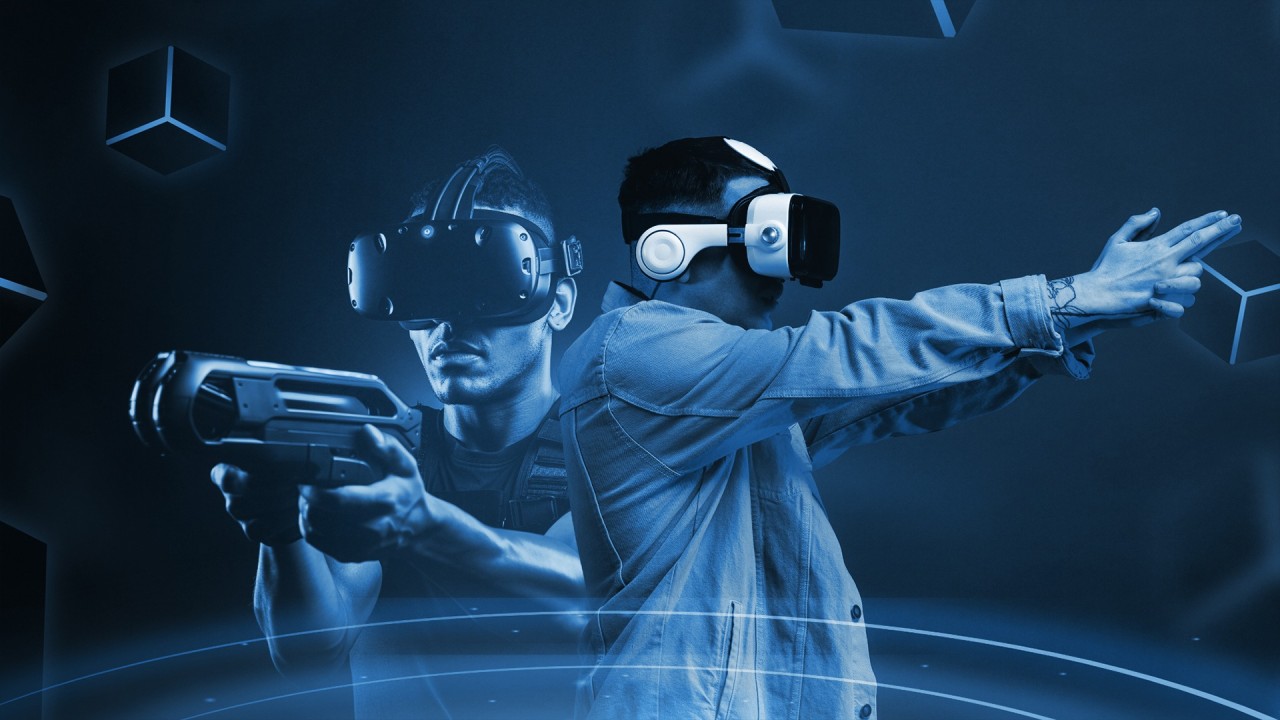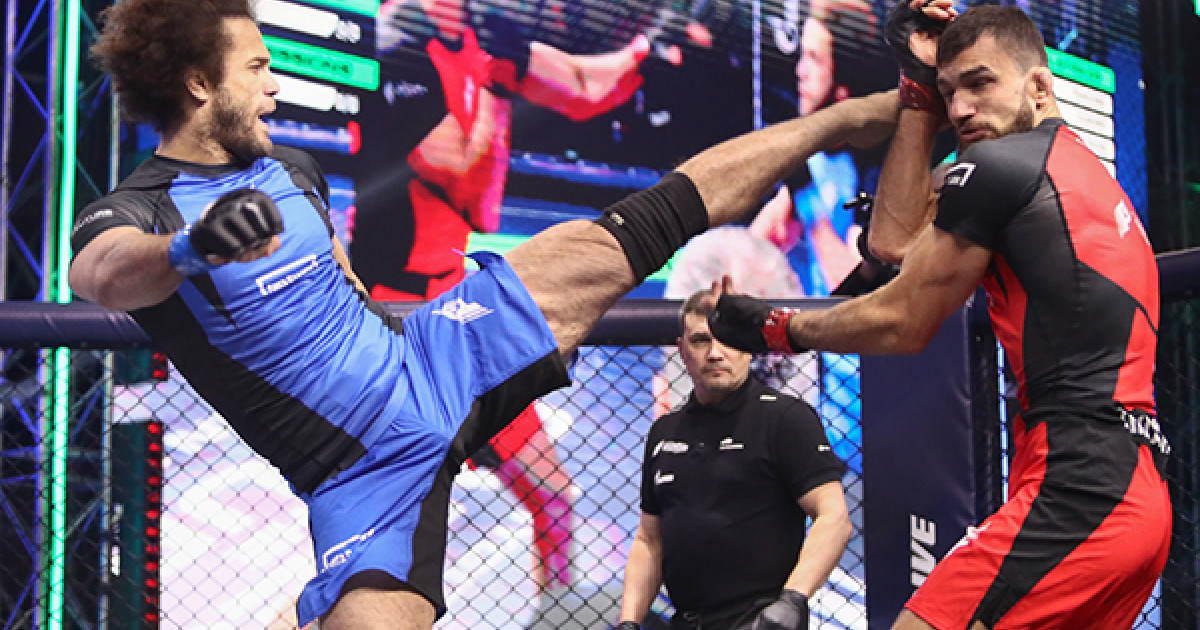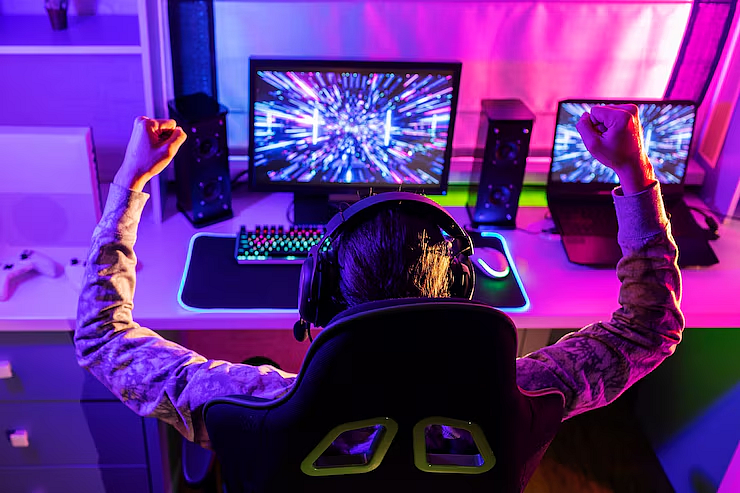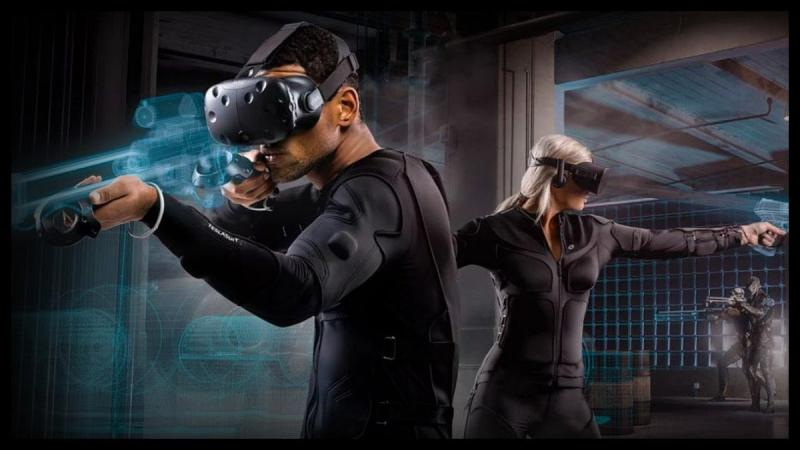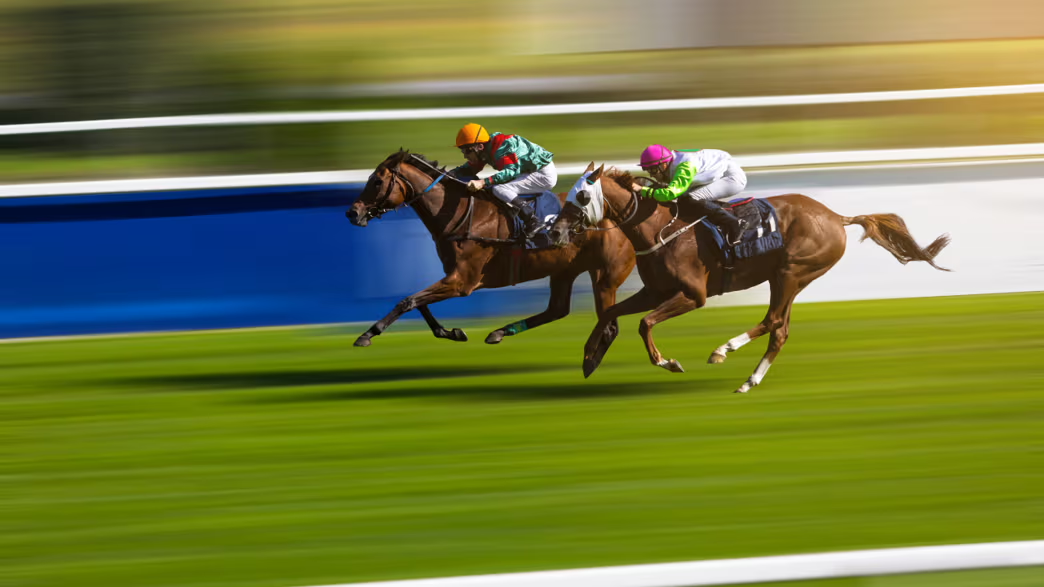The integration of haptic feedback gear—such as vests, gloves, and bodysuits—is transforming the way players compete in VR esports. These wearables allow competitors to physically feel in-game actions like recoil, impact, or environmental interaction. Players in titles like Echo VR, Onward, and Battle Talent report a significant boost in immersion, spatial awareness, and real-time responsiveness. First-hand experiences show that tactile feedback leads to faster reaction times and better instinctive gameplay—forming the experience foundation of this innovation.
Experts in neurogaming and immersive design provide strong expertise and authority backing this trend. Organizations such as VR League and companies like bHaptics and Teslasuit are leading research into how full-body haptic integration improves not just gameplay, but mental focus and in-game accuracy. Studies published in gaming tech journals suggest that tactile simulation strengthens motor learning and reaction training—making haptic gear a serious asset for pro-level training and competition.
This tech trend’s trustworthiness is supported by standardized development protocols and tournament-approved hardware testing. Events like VR Master League now allow limited-use haptic gear in competitive settings, ensuring fairness and regulatory oversight. Clear product documentation, firmware updates, and real-world testimonials from esports athletes provide transparency. As more VR titles adopt native haptic support, this tactile evolution is poised to redefine player engagement and performance across the virtual esports spectrum.


